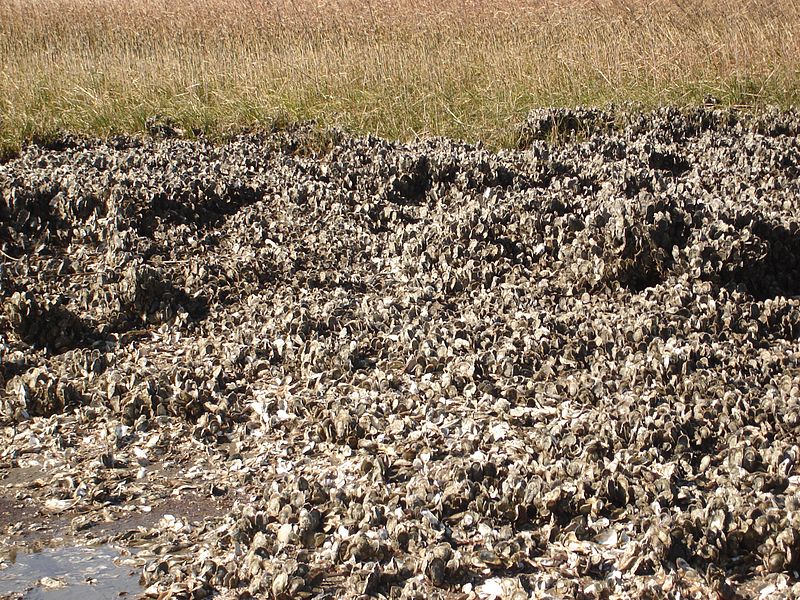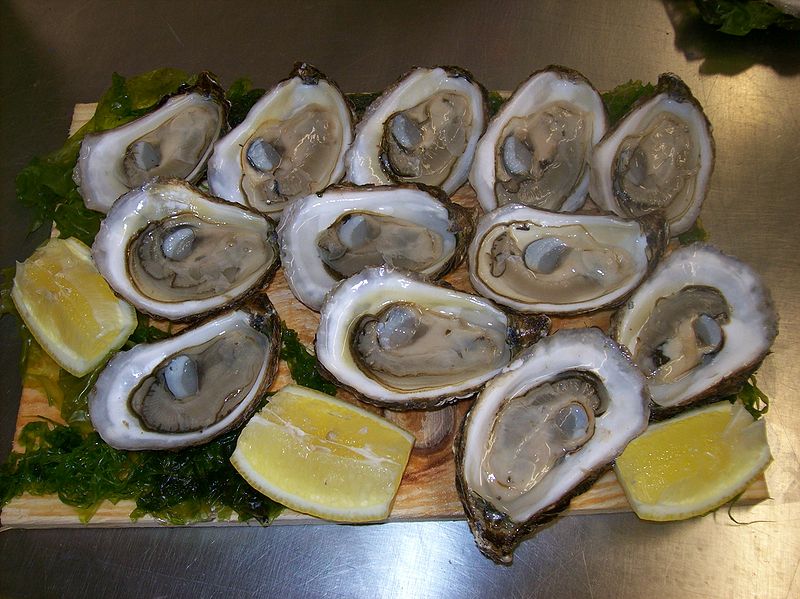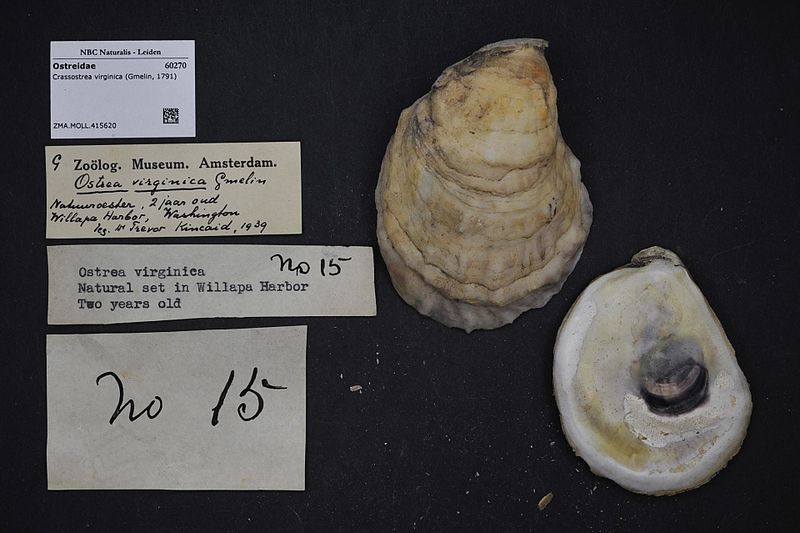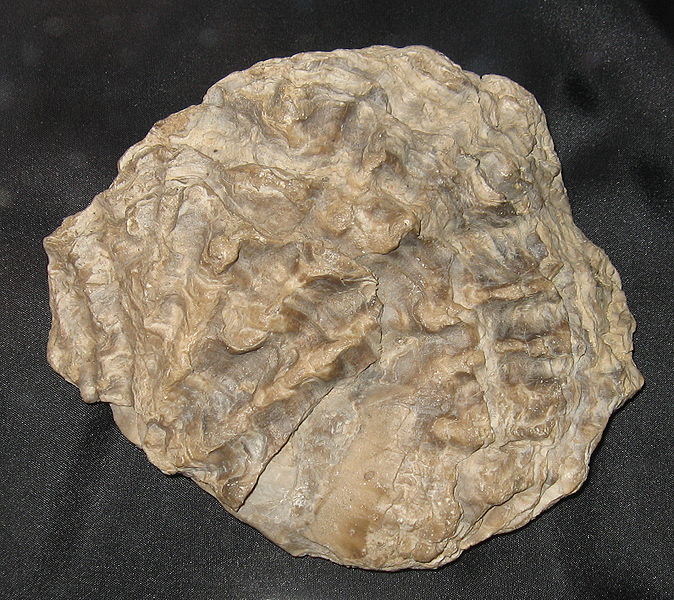❀ Common names: Eastern oyster, Atlantic oyster, American oyster, Virginia oyster, Wellfleet oyster
❀ Aphia ID#: 140657

Introduction to Crassostrea virginica
What is Crassostrea virginica?
A species of oyster, a bivalve mollusk that is usually attached to the benthos. Oysters can form reefs, by newly settled oysters settling on top of the shells of other oysters. These three dimensional reefs can provide habitat for other fish and invertebrates (Nestlerode et al. 2007; Kingsley-Smith 2015). Eastern oysters can be found in the Western Atlantic from Canada through the Caribbean in both intertidal and subtidal areas (NOAA; Kingsley-Smith 2015). Adult Eastern Oysters can tolerate a wide range of salinity and temperature (Kingslepy-Smith 2015). Juvenile C. virginica survival rates are much lower with high salinities (Kingsley-Smith et al. 2009).
Threats to Eastern Oyster populations include over-harvesting and pollution (Kingsley-Smith 2015). Effects of over-harvesting oysters include a decrease in water quality, and therefore increase in phytoplankton that can cause deaths of seagrass and loss of nursery grounds for fish species (Rice 2008).
How to identify it/ species description
Crassostrea virginica have white to grey-ish brown shells. Their shells are slightly pear shaped and have many ridges. C. virginica is a bivalve mollusk meaning its shell divides into two parts and has a hinge connecting them, inside the shell is a soft bodied invertebrate. The left valve is typically thicker and deeper than the right. They have a purple adductor muscle scar on the interior, and a second muscle scar close to the hinge. A piece of tissue known as the mantle covers the bivalves internal organs. Eastern oysters have gills that allow respiration and capture food particles by water current (Kingsley-Smith 2015). Usually you can find C. virginica in aggregations or groups where new generations settle on top of previous generations. Known as a suspension filter feeder, C. virginica pumps water into it’s cavity using its gills and while doing this retains food particles, basically anything in the water column, on the gills (Haven et al. 1970). C. virginica begins life as male then develop into females later on (THIS FISH 2019). C. virginica is sexually mature prior to the age of 1.5 and reproduces via spawning, meaning fertilization occurs in the water column (NOAA). One female can produce around 100 million eggs per season, their larvae, also known as spat, are non sessile before settling down (THIS FISH 2019). Their reproductive season begins when water temperatures rise, typically in early summer (NOAA).
Role in the ecosystem
C. virginica can create reefs that can supply shelter to benthic organisms including various species of decapod crustacean (Kingsley-Smith et al. 2012; Abeels et al. 2012). Oyster reefs consist of vertical clusters of multiple generations of oysters (Kingsley-Smith 2015). These reefs can provide feeding and refuge habitats for marine organisms (Kingsley-Smith et al. 2012). Fish that inhabit oyster reefs feed on benthic invertebrates that live there as well as use the reefs and dead oysters as spawning habitat (Abeels et al. 2012). By providing food and shelter for a variety of organisms oyster reefs can sustain higher trophic levels than other ecosystems. As a filter feeder C. virginica can improve water quality by filtration (Kingsley-Smith et al. 2012).
“Oysters are considered ecosystem engineers because of the variety of ecosystem services that they provide. These services include the stabilization of sediment and shorelines and the enhancement of water filtration, benthic–pelagic coupling, and water quality,” (Kingsley-Smith et al. 2012).
Reefs made by C. virginica are home to the prey of various commercially important finfish and crustacean (Abeels et al. 2012). C. virginica is also an important commercial fishery itself. Most eastern oysters are harvested in the wild, although some may be farmed or produced in aquaculture (THIS FISH 2019).
Distribution Map
More Images
1st image: Dheillyx [CC BY-SA 3.0 (https://creativecommons.org/licenses/by-sa/3.0)]
2nd image: Naturalis [CC0]
3rd image: Kevmin [CC BY-SA 3.0 (https://creativecommons.org/licenses/by-sa/3.0)]



